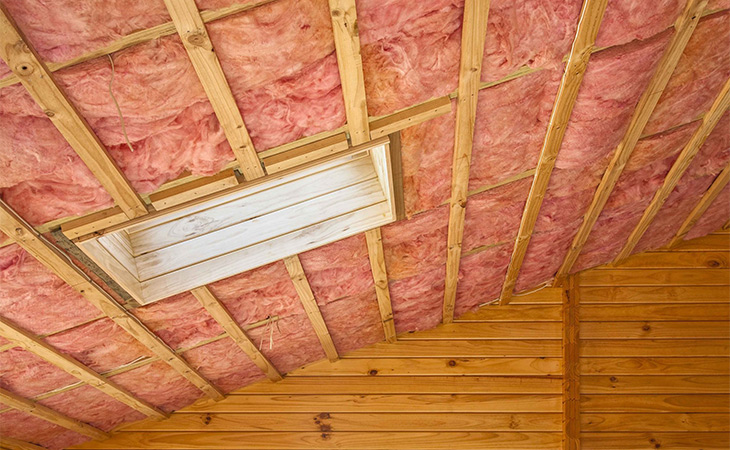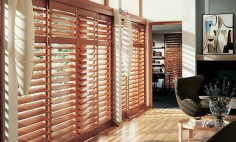Fiberglass is mainly used as a thermal insulator for homes and commercial buildings. It is a type of fiber made up of glass fragments that have been recycled and pure sand.
It is used to create products like boat hulls, shower curtains, arrows, roofing and automobile bodies. It has a soft structure and is very attractive to use.
Fiberglass insulation helps reduce the spread of heat, cold and sound in homes, aircraft and cars. When used in homes, it helps the house to be warm in winter and cool in summer. It does this by trapping little pockets of air. It also conserves the energy used in houses by at least 40%, which is because it is resistant to the energy that is transferred by conduction.

Benefits
Fiberglass is easy to install, even for people who want to do it by themselves. It is not also expensive and it greatly reduces the fire outbreak.
Its compressible nature makes it perfect to fill in uneven spaces.
It can be installed anywhere, attics, crawl spaces and open walls. Fiberglass comes in a blanket- like rolls called batts which can then be unrolled and stapled to the wall. The back side of the roll should be made to face the warm side of the structure where the insulation is to be done.
When properly installed, it acts as a shield against moisture and the intrusion of fibrous material into the living space.
Hazards
When disturbed, it releases fibrous particles into the atmosphere. This may be inhaled by those either installing or removing. When inhaled, it can cause irritations, nosebleed, coughing and other respiratory ailments.
It can also irritate the skin if it comes into contact with it and can cause itches and rashes.
You have to exercise caution when going through crawl spaces or places where it has been installed.
If need be, you have to wear protective clothing, goggles to protect the eyes, long sleeve shirts and pants to shield your skin. And for the best protection, wear a nose mask that has a particulate filter to prevent you from breathing in the particles.
It is also best to wet the area before attempting to remove or install fiberglass. This will greatly reduce the movement of the particles. Then when you are done, wash your hands with cold water, not warm water. Warm water will open your pores and all particles resting on your skin will then seep into your bloodstreams.
Fiberglass can also enhance mold growth when it traps moisture, dust and allergens.
Making the right choice
To reduce the incidence of having a bad job, it is better to check through the sizes and thickness of the fiberglass. This will enable you to make a perfect choice for your use.
The size and thickness are what impacts more on the acoustic and thermal insulation values. It starts from size 60mm and increases in the ’20s, (80, 100, 120, 140 mm). In order to insulate a pitched roof, a minimum thickness of 160mm is required. You can work with two alternating layers, to ensure a perfect and seamless finish.
It is also advised that you provide a vapor barrier for every room like aluminum coating or seal the Seams with masking tape. This is to prevent the absorption of moisture from other rooms.















